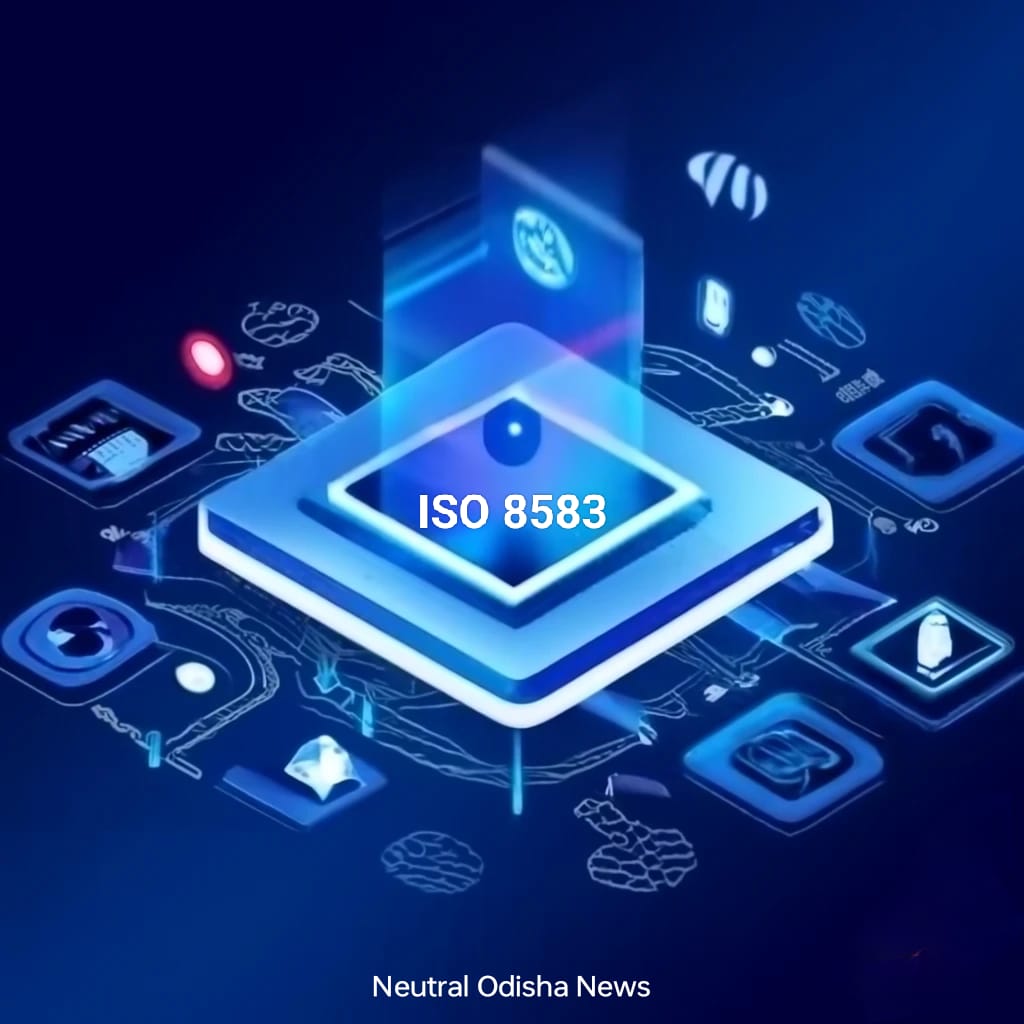ISO 8583 is a widely adopted international standard for financial transaction messaging. It was established by the International Organization for Standardization (ISO) and serves as a framework for electronic financial transactions, primarily in the banking and payment card industries. The standard defines a format for messages that convey transaction data between various entities involved in the payment process, including banks, payment processors, and card networks.
Key Features of ISO 8583
1. Message Structure:
• ISO 8583 messages are structured into two main components: Message Type Indicator (MTI) and Data Elements.
• The MTI specifies the type of transaction being performed, while the data elements contain specific information related to that transaction (e.g., transaction amount, date, card details).
2. Message Types:
• The MTI is a four-digit numeric code that identifies the function of the message. The first digit represents the class of the message (e.g., authorization, financial transaction, reversal), while the subsequent digits provide additional detail.
• For example, an MTI of 0200 typically indicates a financial transaction request, while 0210 indicates a financial transaction response.
3. Data Elements:
• Data elements are structured fields that contain specific information necessary for processing transactions. These elements can vary in size and format (numeric, alphanumeric, binary, etc.).
• Common data elements include:
• Primary account number (PAN)
• Transaction amount
• Processing date and time
• Merchant identifier
• Terminal ID
4. Flexibility:
• ISO 8583 allows for custom data elements to be added based on the specific requirements of an organization or payment system. This adaptability makes it suitable for a variety of applications in the payment industry.
5. Message Flow:
• The ISO 8583 standard defines how messages are exchanged between different parties in a transaction. This flow typically involves the following stages:
• Initiation: A transaction request is sent from the point of sale (POS) or an ATM to the payment processor or acquirer.
• Processing: The payment processor validates the request and may communicate with the card issuer to approve or decline the transaction.
• Response: A response message is sent back to the initiator indicating the status of the transaction.
Importance of ISO 8583
1. Standardization:
• ISO 8583 provides a common language for financial institutions and payment processors, ensuring consistency and interoperability between different systems and networks.
2. Efficiency:
• By defining a clear message format, ISO 8583 streamlines the transaction processing workflow, reducing the potential for errors and delays.
3. Security:
• Although ISO 8583 itself does not specify security measures, it is often used in conjunction with encryption and other security protocols to ensure the confidentiality and integrity of transaction data.
4. Global Acceptance:
• ISO 8583 is widely used across the globe, making it a fundamental standard for international transactions, especially in credit and debit card processing.
Applications of ISO 8583
ISO 8583 is predominantly used in the following scenarios:
1. Card Payment Transactions:
• Used by banks and financial institutions to process transactions initiated by debit, credit, or prepaid cards.
2. ATM Transactions:
• Facilitates communication between ATMs and transaction processing networks, allowing for cash withdrawals, balance inquiries, and transfers.
3. Point of Sale (POS) Transactions:
• Supports the processing of payments made at retail locations, ensuring the secure exchange of transaction data between merchants and payment processors.
4. Transaction Reversals:
• Manages the reversal of transactions, ensuring that funds can be returned to the original account when needed.
Challenges and Considerations
1. Complexity:
• The ISO 8583 standard can be complex due to its extensive specifications and customizations, requiring skilled developers for implementation.
2. Interoperability:
• Ensuring compatibility between different implementations of ISO 8583 can be challenging, especially when different organizations customize data elements.
3. Security Concerns:
• While ISO 8583 provides a framework for messaging, organizations must implement additional security measures to protect against fraud and data breaches.

ISO 8583 is a critical standard in the financial services industry, enabling secure, efficient, and standardized communication for electronic transactions. As payment technologies evolve, ISO 8583 continues to play a vital role in facilitating seamless transactions across various platforms, ensuring that businesses and consumers can engage in financial activities with confidence. Understanding ISO 8583 is essential for organizations involved in payment processing, banking, and electronic commerce, as it lays the groundwork for successful transaction management.



